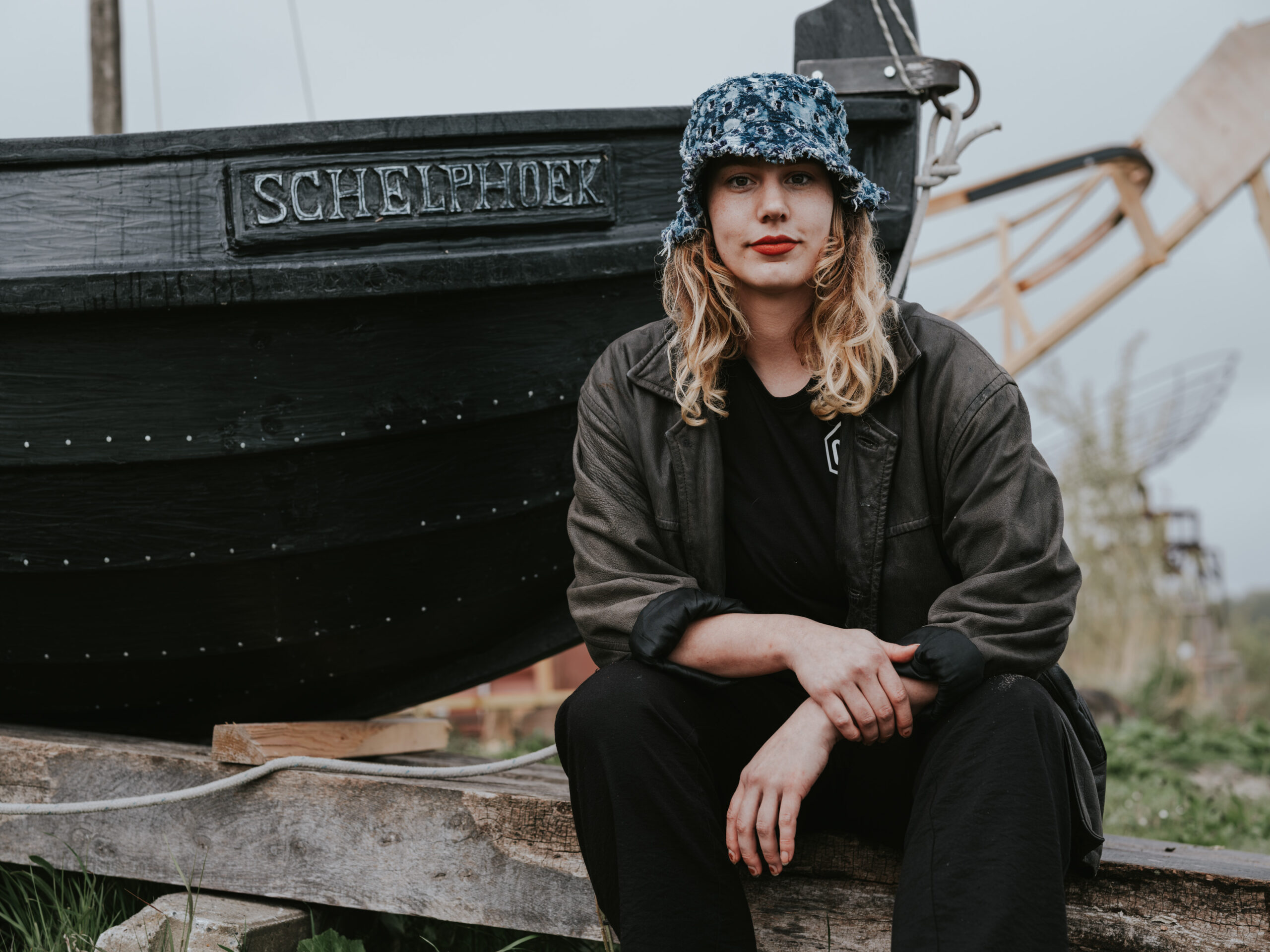Evolution of
waste plastic ships
Evolution of
waste plastic ships
Start small, but
start today
Dutch fluitschip
Dutch
Speeljacht
dutch
Werkboot
We think big, but start small. That’s why at our ship wharf in Hoorn, we started building a 17th century Dutch ‘werkboot’, the dinghy of the tall Dutch ‘fluitschip’
We have to start small, because building a fluitschip is not possible yet! The current recycled plastic is not yet strong enough to build on that scale. The Dutch werkboot is an experiment to get to know the material and the age-old ship building craft.
This way we discover everything for our next step. Because between the werkboot and the fluitschip we are building another ship: a 17th century Dutch ‘speeljacht’ of 12 meters long.
The Dutch speeljacht was the first pleasure yacht for wealthy merchants. It symbolises innovation and the prosperity growth of that time. And if we succeed in building this ship? Then we scale up to build the 90-foot long Dutch fluitschip.
The fluitschip is a voyage of discovery, an enormous experiment. Because anything can go wrong, really. People often ask: 'When will it be launched?' While the question may also be: ‘Will it ever get launched at all?’
Building this ship costs time, money and it requires a great deal of creativity, rethinking and perseverance. But it is fun and meaningful. That's the pleasure of discomfort! And even if it fails, the project will provide a wealth of knowledge and experience as well as a major social contribution.

03
02
01
De Dutch 'werkboot' is a dinghy from the big merchant ships and admiralty ships from the late 16th and 17th century. Every ship had at least two of those little boats on board. Without them, the big ship could not set sail.
The Dutch 'fluitschip' is a remarkably shaped ship. Its origin was revolutionary and led to an enormous development in merchant shipping. This type of ship was so successful that it was used for all kinds of things.
The merchants of the 17th century were so rich, they could afford to build a ship just for fun: to 'play' (‘spelen’ in Dutch). The Dutch 'speeljacht' was a real showpiece full of decorative carvings and rich paintings to impress others.
our builders
During the construction of the ships we learn from each other in a safe environment. We encourage people to step out of their comfort zone and reverse their habitual behaviour. They learn from us what you can do with waste plastic, such as building boats. And we learn from them that people can often do way more than you think.
Everyone is welcome, whatever your background. In this way we build a fleet with ships that each have their own story. With people who all make their unique contribution to the transition to a circular living environment. So every boat has a number of proud owners who did not pay for the boat, but who built it with their own hands.
More about our people
WHY
do we build a Dutch fluitschip?
At the end of the 16th century, the Hoorn merchant and shipowner Pieter Jansz had a ship built according to his own ideas. Remarkable ideas, because of the ships’ shape and dimensions. Jansz had to endure it: he was laughed at and mocked because of this 'weird thing'. But convinced of his choice, he persevered. And... during the maiden trip, his ship turned out to be a resounding success!
Not long afterwards, almost every ship yard in The Netherlands built these so-called ‘Fluytschepen’. They brought with them unprecedented prosperity, not limited to Hoorn. Later, the Dutch equipped their fleet for a great part with these ships. You could say that the construction of the fluitschip created the prosperity growth that typified the golden age.
The fluitschip that we are building ('Swaentje') is located at great depths in the Baltic Sea. According to ship archaeologists, the 90-foot long ship comes from Dutch shipyards. From existing footage we know that after 400 years, it is still well preserved on the bottom of the sea.
We have a wealth of data available to stay as close as possible to the original Dutch shipbuilding from the 17th century. In the construction, we are assisted by maritime archaeologists and historians and partners such as The National Maritime Museum in Amsterdam who provide us with historical data.








